There are few beings in nature as graceful, as beautiful and as seemingly fragile as butterflies. But in all reality, they are actually fighters capable of overcoming the worst of droughts, the harshest of winters or the longest of storms and doing it all at much less than one gram in weight.
However, pesticides and climate change are seriously endangering all butterflies in Europe. You can still find trails in our region where butterflies dance all around.
Would you like to once again live amongst the butterflies?
- Plant native species such as lavender, thyme, violets, nettles, mallow or thistles in your garden or on your balcony or terrace. You can buy pots with most of these plants at any nursery for just a few euros.
- Hang pots with plants on the walls of your garden or balcony.
- Cover the fences and walls around your house and garden with ivy or honeysuckle and reject the exotic and poor Cupressus arizonica.
- Make a small pond in your garden or install birdbaths with twigs so these insects will come down to drink without the risk of drowning because they can’t get out.
- Allow natural vegetation like grass, clovers and mullein to grow in your garden or at least in one area of it so butterflies can lay their eggs and their larvae will find the food they need.
- And, above all, never use any industrial pesticides which are the greatest threat to our butterflies.
Would you like to once again walk amongst butterflies?
BLook for trails with flowers and, even better, a variety of vegetation: vegetable patches, oak or holm oak forests, strawberry bushes, riverbanks covered with nettles and honeysuckles, meadows, rocks where they can get some sun, etc. There are still places in this region where you can marvel at butterflies as beautiful as the peacock butterfly (Aglais io), the Spanish festoon (Zerynthia rumina), the common yellow swallowtail (Papilio machaon), the scarce swallowtail (Iphiclides podalirius), the two-tailed pasha (Charaxes jasius), the marbled whites (Melanargia sp), the cardinal (Argynnis pandora), the silver-washed fritillary (Argynnis paphia), and the Queen of Spain fritillary (Issoria lathonia) just about everywhere.
Aula del Alagón
info@auladelalagon.com
Plaza de España, 4, 37760, Linares de Riofrío (Salamanca)
| MUNICIPIO | Linares de Riofrío | ||||
| CÓMO LLEGAR | Desde Salamanca: xx,x Km. por xxx Desde Madrid: xx,x Km. por xxx Desde Cáceres: xx,x Km. por xxx |
||||
| PATRIMONIO NATURAL | Aquí vendría otro contenido | ||||
| EQUIPAMIENTO | lo que se | ||||
| ¿QUÉ SE INCLUYE? |
|
||||
| ¿QUÉ NO SE INCLUYE? |
|
Si quieres participar en nuestra actividad, no dudes en ponerte en contacto con nosotros a través de nuestros métodos de contacto:
Email: info@auladelalagon.com
Teléfono: 635 158 497
O bien rellena directamente, el formulario, y te responderemos en la mayor brevedad de tiempo.
Form temporarily unavailable

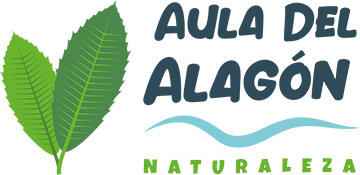

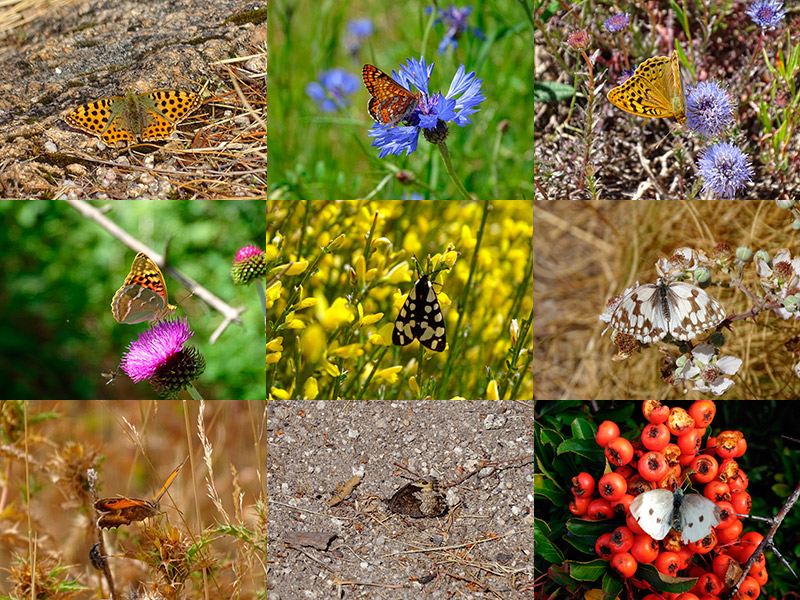

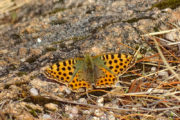



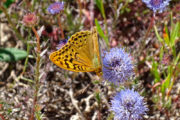
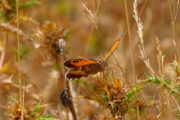




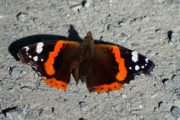



Comentarios
Aún no hay comentarios, puedes ser la primera persona en hacerlo.
Deja un comentario